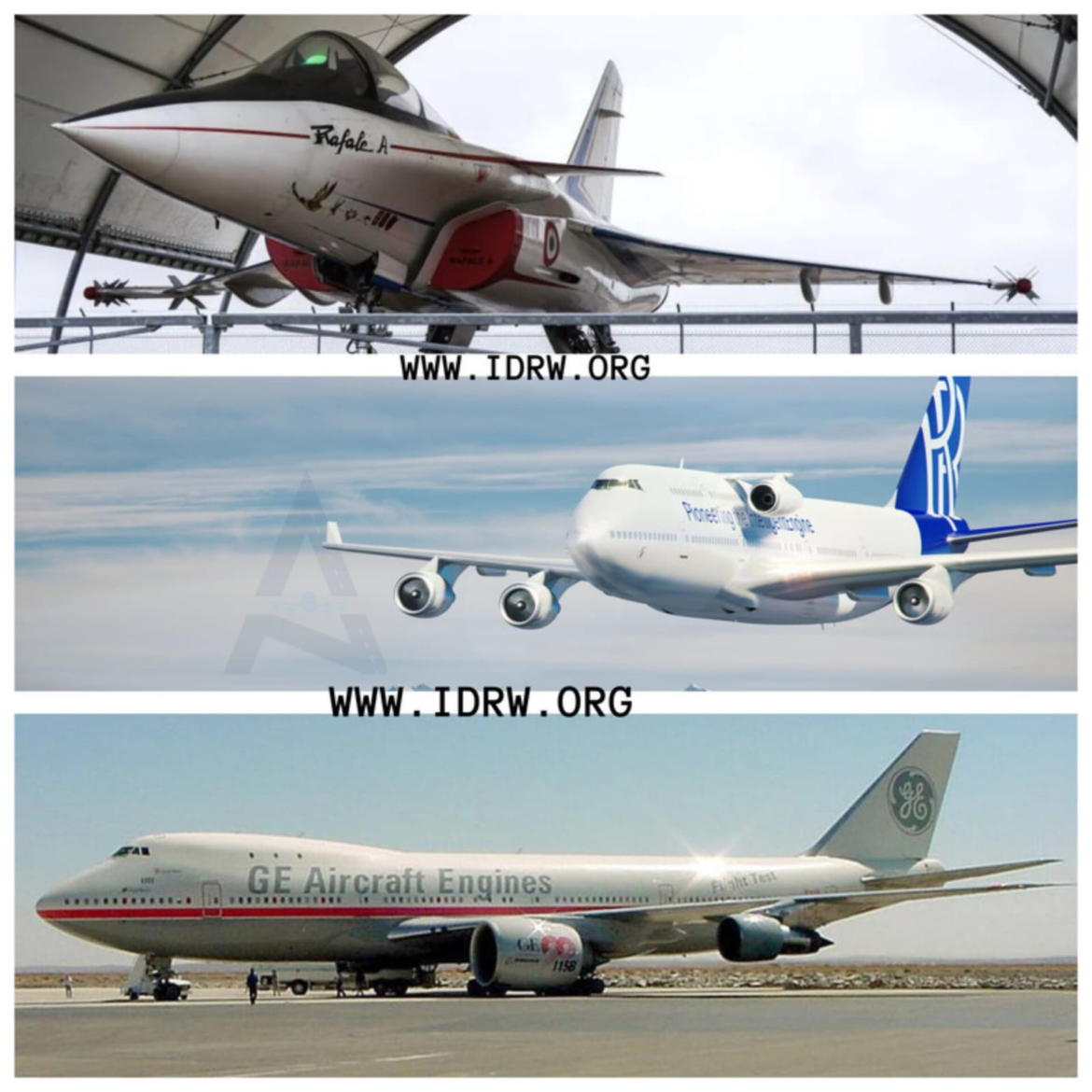Part I of the Advanced Medium Combat Aircraft (AMCA) engine development journey delves into the role of foreign Original Equipment Manufacturers (OEMs) and their Flight Test Bed (FTB) offers for India’s indigenous 110kN engine program. As India advances in its development of the AMCA, a next-generation fighter aircraft, one of the critical challenges is developing an advanced engine capable of producing 110kN thrust, essential for supersonic and stealth operations. Given the complexities involved, India has sought the expertise of global aerospace giants through strategic partnerships to develop and test this powerful engine.
The AMCA engine program is a crucial element in India’s broader vision for self-reliance in defense technology, aligning with the “Atmanirbhar Bharat” initiative. India’s state-run Gas Turbine Research Establishment (GTRE) is leading the domestic effort to develop the engine but recognizes the need for collaboration to accelerate the process and achieve the required performance standards. This is where foreign OEMs come into play, offering their experience, technological know-how, and access to sophisticated FTBs, which are aircraft designed specifically for in-flight testing of new engine prototypes.
Several leading foreign OEMs, including Safran from France, Rolls-Royce from the UK, and GE Aviation from the US, have expressed interest in partnering with India to provide FTB solutions. These OEMs bring decades of experience in developing military-grade engines for advanced fighter jets and offer significant advantages in terms of technological transfer, expertise in aerodynamics, materials science, and engine performance optimization.
Safran, for instance, has a strong legacy in military aviation and has worked closely with India in the past. Their proposed collaboration includes both engine design consultation and the provision of an FTB aircraft to test the 110kN engine in real-world conditions. Safran’s proven expertise in designing engines for the Rafale fighter jets positions them as a strong contender in supporting India’s engine development program.
Rolls-Royce, another major player in military aviation, has also extended its offer for technical collaboration. Rolls-Royce is renowned for its expertise in advanced propulsion systems, and its offer includes access to its FTB aircraft and deep technical support in engine testing, performance analysis, and certification. The UK-based company’s involvement could greatly enhance India’s ability to refine its engine technology and optimize thrust, fuel efficiency, and operational durability.
GE Aviation, which already has a long-standing relationship with India, is another key contender in the AMCA engine development program. GE’s F414 engine currently powers India’s Light Combat Aircraft (LCA) Tejas Mk II, and they are offering a customized version of the F414 platform for AMCA’s engine. GE’s FTB proposal includes testing support and technical oversight to ensure that the 110kN engine meets the stringent performance and reliability standards required for a fifth-generation fighter aircraft.
These foreign OEMs are not just providing access to flight test beds; they are offering to share critical technology and expertise that would allow India to fast-track its engine development. The FTBs are essential for testing the engine’s performance under different flight conditions, assessing its response to high altitudes, extreme temperatures, and supersonic speeds. This phase of engine development is crucial because it helps identify potential issues and areas for improvement before mass production.
In return, these OEMs stand to benefit from expanded partnerships with India in the defense and aerospace sectors. The AMCA program is a cornerstone project in India’s defense modernization efforts, and collaboration on the engine development could pave the way for deeper partnerships in other strategic areas, including future aircraft platforms, engine upgrades, and maintenance services.
The offers from these foreign OEMs reflect the global recognition of India’s growing aerospace ambitions and its potential to become a significant player in the international defense market. The engine development program is a vital stepping stone in India’s quest to produce world-class fighter aircraft capable of meeting the operational demands of modern aerial warfare.
As Part I of the AMCA engine development program unfolds, the focus remains on choosing the right partner to accelerate the 110kN engine’s design, testing, and validation. The decision on which FTB offer to accept will play a critical role in determining the success of the AMCA project, ensuring that India’s fighter aircraft are powered by an indigenous engine capable of meeting the high-performance standards required in future combat scenarios.
In Part II, the focus will shift to the technical challenges of developing a 110kN engine and how foreign partnerships, particularly in terms of technology transfer and joint development, will impact India’s defense self-reliance goals.

